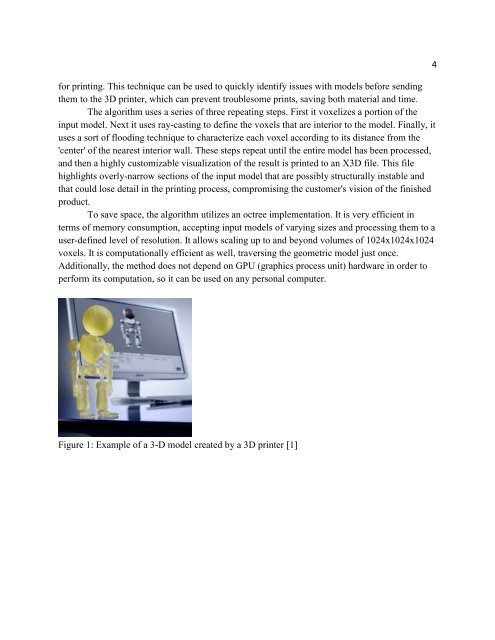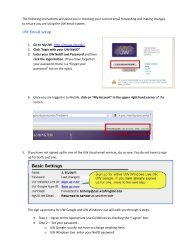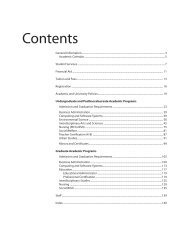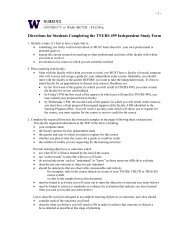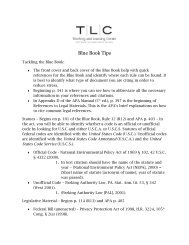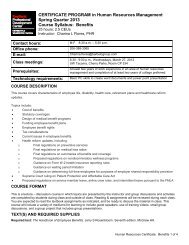1 Using Voxelization and Ray-Tracing to Identify Wall Thinness of ...
1 Using Voxelization and Ray-Tracing to Identify Wall Thinness of ...
1 Using Voxelization and Ray-Tracing to Identify Wall Thinness of ...
You also want an ePaper? Increase the reach of your titles
YUMPU automatically turns print PDFs into web optimized ePapers that Google loves.
for printing. This technique can be used <strong>to</strong> quickly identify issues with models before sendingthem <strong>to</strong> the 3D printer, which can prevent troublesome prints, saving both material <strong>and</strong> time.The algorithm uses a series <strong>of</strong> three repeating steps. First it voxelizes a portion <strong>of</strong> theinput model. Next it uses ray-casting <strong>to</strong> define the voxels that are interior <strong>to</strong> the model. Finally, ituses a sort <strong>of</strong> flooding technique <strong>to</strong> characterize each voxel according <strong>to</strong> its distance from the'center' <strong>of</strong> the nearest interior wall. These steps repeat until the entire model has been processed,<strong>and</strong> then a highly cus<strong>to</strong>mizable visualization <strong>of</strong> the result is printed <strong>to</strong> an X3D file. This filehighlights overly-narrow sections <strong>of</strong> the input model that are possibly structurally instable <strong>and</strong>that could lose detail in the printing process, compromising the cus<strong>to</strong>mer's vision <strong>of</strong> the finishedproduct.To save space, the algorithm utilizes an octree implementation. It is very efficient interms <strong>of</strong> memory consumption, accepting input models <strong>of</strong> varying sizes <strong>and</strong> processing them <strong>to</strong> auser-defined level <strong>of</strong> resolution. It allows scaling up <strong>to</strong> <strong>and</strong> beyond volumes <strong>of</strong> 1024x1024x1024voxels. It is computationally efficient as well, traversing the geometric model just once.Additionally, the method does not depend on GPU (graphics process unit) hardware in order <strong>to</strong>perform its computation, so it can be used on any personal computer.4Figure 1: Example <strong>of</strong> a 3-D model created by a 3D printer [1]


